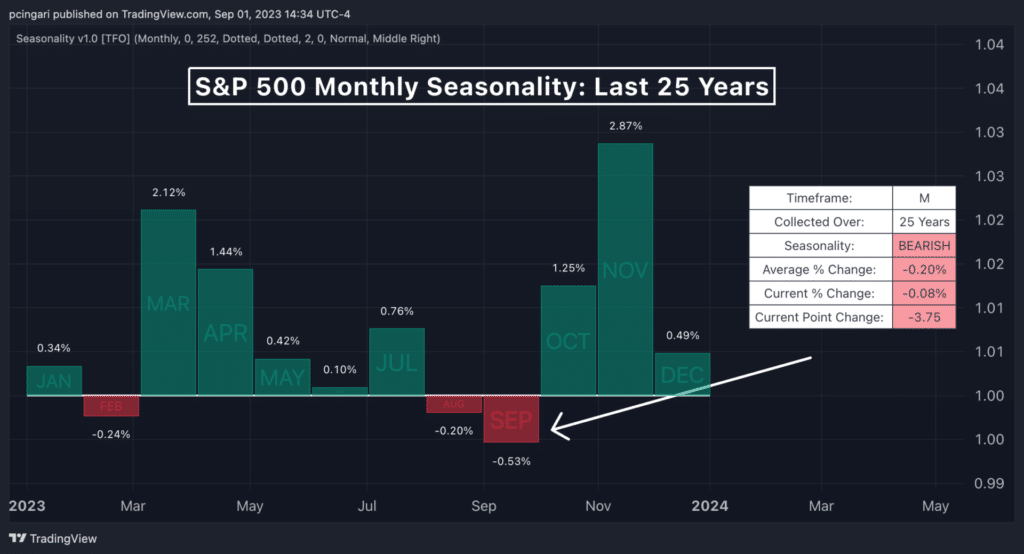The Power of Diagonal Spreads
The Power of Diagonal Spreads
Maximizing Flexibility and Profitability in Options Trading

Introduction
In the world of options trading, diagonal spreads stand out as a versatile and powerful strategy that combines elements of both horizontal and vertical spreads. This hybrid approach allows traders to capitalize on time decay, volatility, and directional movements of the underlying asset. This guide will delve into the mechanics of diagonal spreads, their advantages, and how to implement them effectively to maximize flexibility and profitability.
Understanding Diagonal Spreads
What is a Diagonal Spread?
A diagonal spread is an options trading strategy that involves buying and selling options of the same type (calls or puts) with different strike prices and different expiration dates. This creates a position that benefits from both time decay and price movement, offering a flexible approach to trading.
Components of a Diagonal Spread
- Long Option: An option with a longer expiration date.
- Short Option: An option with a shorter expiration date and a different strike price.
Types of Diagonal Spreads
Bullish Diagonal Spread
A bullish diagonal spread, also known as a diagonal call spread, is constructed by buying a long-term call option and selling a shorter-term call option with a higher strike price.
Example with Apple (AAPL)
Suppose you are bullish on Apple (AAPL), which is currently trading at $150. You could buy a call option with a strike price of $150 expiring in three months for $10 and sell a call option with a strike price of $160 expiring in one month for $3. Your net debit would be $7.
Bearish Diagonal Spread
A bearish diagonal spread, also known as a diagonal put spread, involves buying a long-term put option and selling a shorter-term put option with a lower strike price.
Example with Tesla (TSLA)
Imagine you are bearish on Tesla (TSLA), which is currently trading at $700. You could buy a put option with a strike price of $700 expiring in three months for $20 and sell a put option with a strike price of $680 expiring in one month for $8. Your net debit would be $12.
Advantages of Diagonal Spreads
Flexibility in Market Conditions
Diagonal spreads offer flexibility in various market conditions. Whether the market is trending, range-bound, or experiencing volatility, diagonal spreads can be tailored to capitalize on these movements.
Benefit from Time Decay
The short option in a diagonal spread benefits from time decay, as it loses value more quickly than the long option. This can generate income to offset the cost of the long option, reducing the overall risk of the trade.
Potential for Enhanced Returns
By combining different expiration dates and strike prices, diagonal spreads allow traders to benefit from both directional movements and volatility changes, potentially enhancing returns compared to simple directional trades.
Implementing Diagonal Spreads
Setting Up a Diagonal Spread
- Choose the Underlying Asset: Select a stock or ETF that you expect to move in a particular direction.
- Determine the Time Frame: Decide on the expiration dates for the long and short options.
- Select Strike Prices: Choose strike prices based on your market outlook and risk tolerance.
- Calculate Net Debit or Credit: Determine the net cost or credit of the spread by subtracting the premium received from the premium paid.
Managing Diagonal Spreads
Rolling the Short Option
To maximize the benefit from time decay, traders can roll the short option (i.e., close the existing short position and open a new one with a different expiration date and/or strike price). This can help maintain the income stream while adjusting the position to changing market conditions.
Adjusting Strike Prices
If the underlying asset moves significantly, adjusting the strike prices of the long and short options can help maintain the spread’s profitability and risk profile.
Exiting the Trade
Diagonal spreads can be exited by closing both the long and short options simultaneously or by managing each leg independently. The decision to exit should be based on achieving the desired profit or mitigating potential losses.
Practical Examples of Diagonal Spreads
Bullish Example with Microsoft (MSFT)
Suppose Microsoft (MSFT) is trading at $300, and you expect it to rise over the next few months. You could buy a call option with a strike price of $300 expiring in six months for $15 and sell a call option with a strike price of $310 expiring in one month for $5. Your net debit would be $10. If MSFT rises to $310 by the expiration of the short call, you could roll the short position to a higher strike price and further out expiration to continue benefiting from the upward movement.
Bearish Example with Amazon (AMZN)
Imagine Amazon (AMZN) is trading at $3,200, and you expect it to decline over the next few months. You could buy a put option with a strike price of $3,200 expiring in six months for $50 and sell a put option with a strike price of $3,180 expiring in one month for $20. Your net debit would be $30. If AMZN falls to $3,180 by the expiration of the short put, you could roll the short position to a lower strike price and further out expiration to continue benefiting from the downward movement.
Risk Management in Diagonal Spreads
Setting Stop Losses
To protect against significant losses, it’s essential to set stop losses based on your risk tolerance. This can be done by monitoring the spread’s value and exiting the position if it falls below a certain threshold.
Monitoring Volatility
Changes in volatility can impact the value of both the long and short options in a diagonal spread. Monitoring implied volatility and adjusting the position accordingly can help manage risks and maximize returns.
Diversifying Trades
Diversifying your options portfolio by using diagonal spreads on different underlying assets can help mitigate risk and reduce the impact of adverse movements in any single security.
Conclusion
Diagonal spreads are a powerful options trading strategy that combines the benefits of vertical and horizontal spreads, offering flexibility, time decay advantages, and enhanced return potential. By understanding the mechanics, advantages, and implementation of diagonal spreads, traders can effectively utilize this strategy to navigate various market conditions and achieve their trading goals. Remember, successful trading involves continuous learning, disciplined execution, and adapting to ever-changing market environments.
Check out our article on:
Elevate Your Trading Game
Ready to take your options trading to new heights? Whether you’re a day trader, swing trader, or busy professional, we have you covered. Join our exclusive community of traders and gain access to our comprehensive educational resources, live trading sessions, and expert analysis. We’ll guide you through the intricacies of debit spreads and other advanced options strategies, helping you achieve your financial goals. Don’t miss out on this opportunity to become a more confident and profitable trader. Sign up today!
Below are the links:
To your success.

Billy Ribeiro is a renowned name in the world of financial trading, particularly for his exceptional skills in options day trading and swing trading. His unique ability to interpret price action has catapulted him to global fame, earning him the recognition of being one of the finest price action readers worldwide. His deep comprehension of the nuances of the market, coupled with his unparalleled trading acumen, are widely regarded as second to none.
Connect with us:





